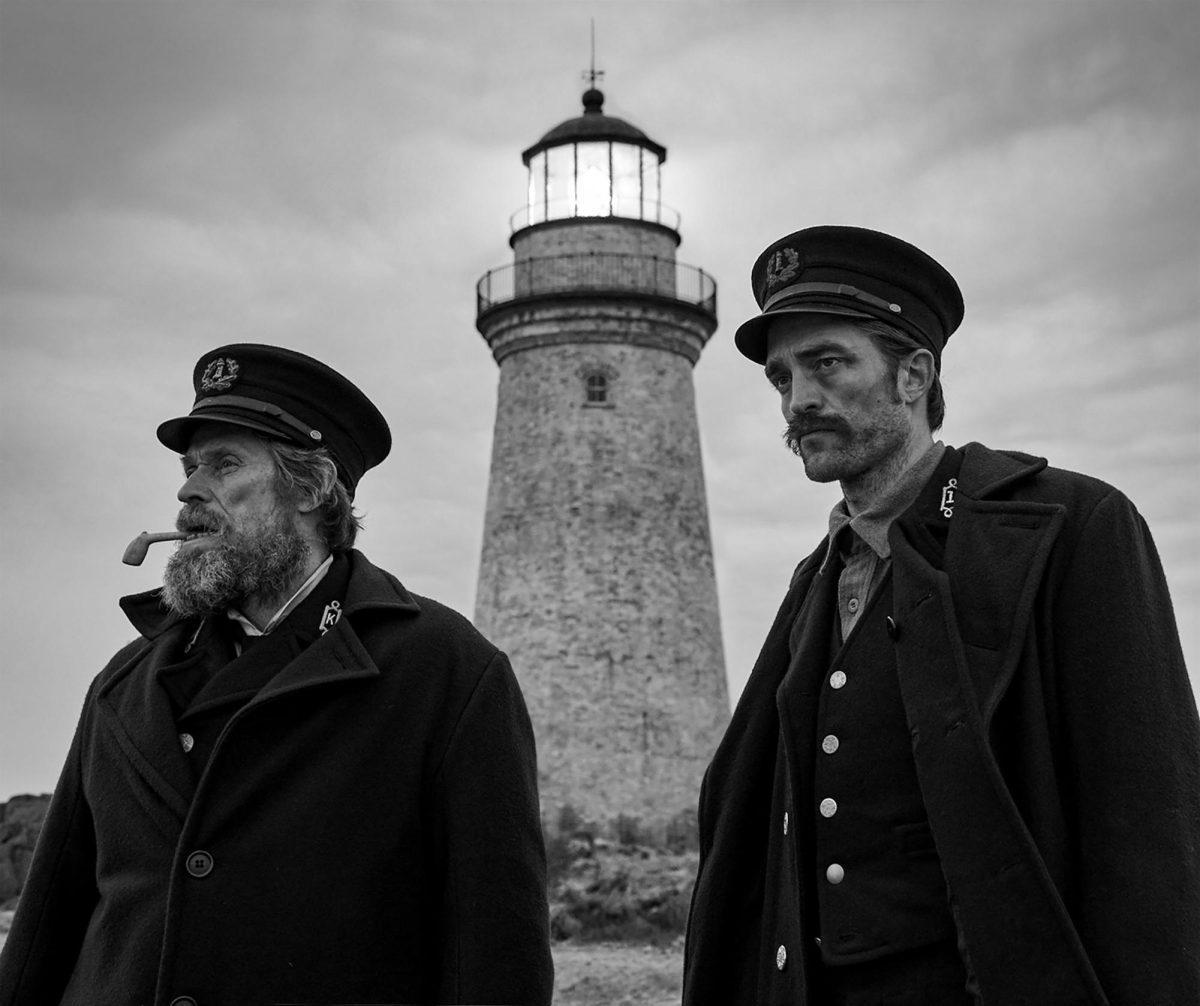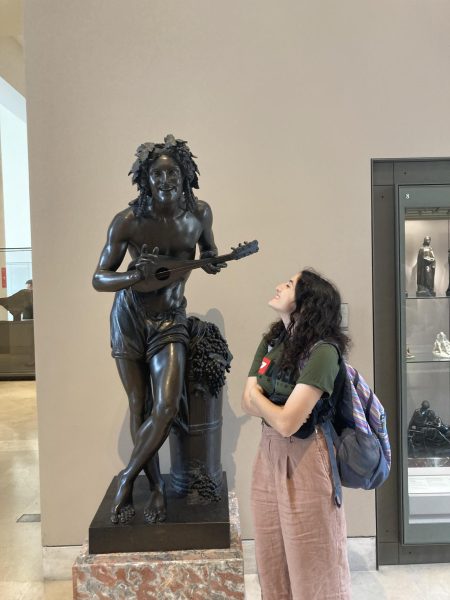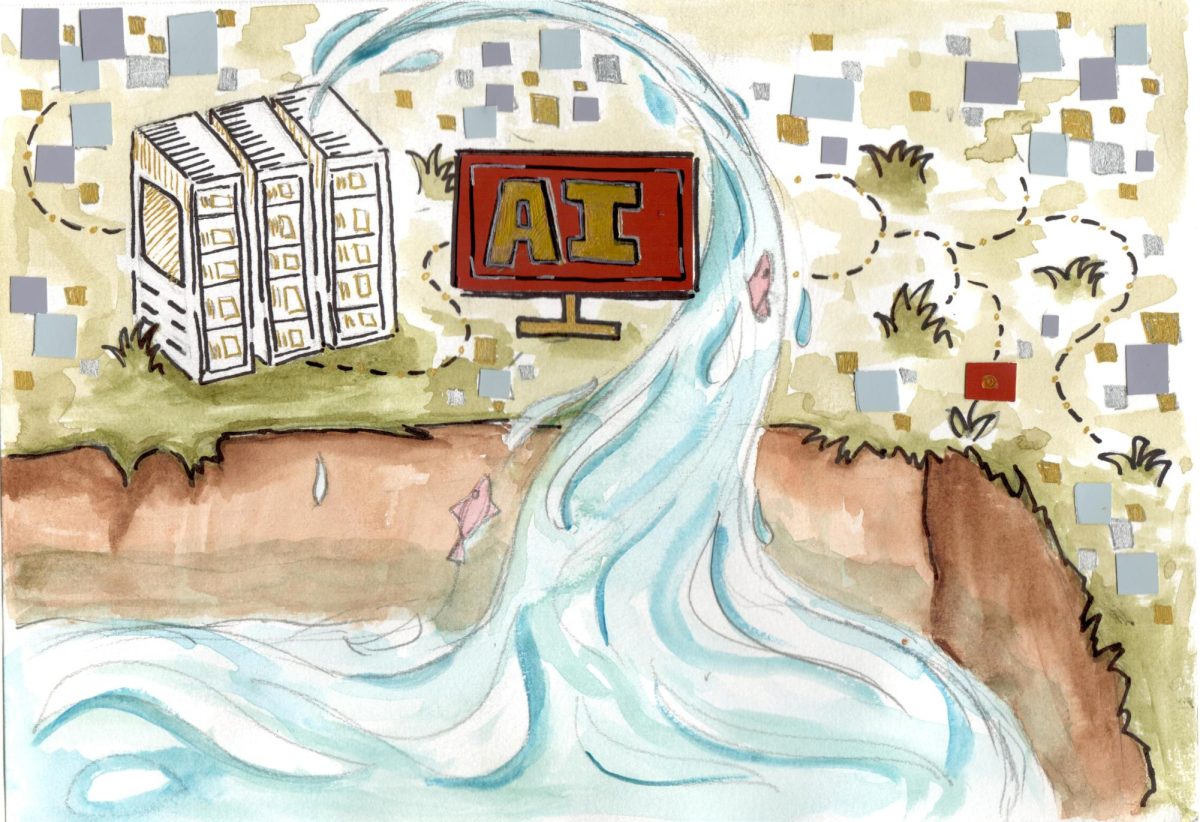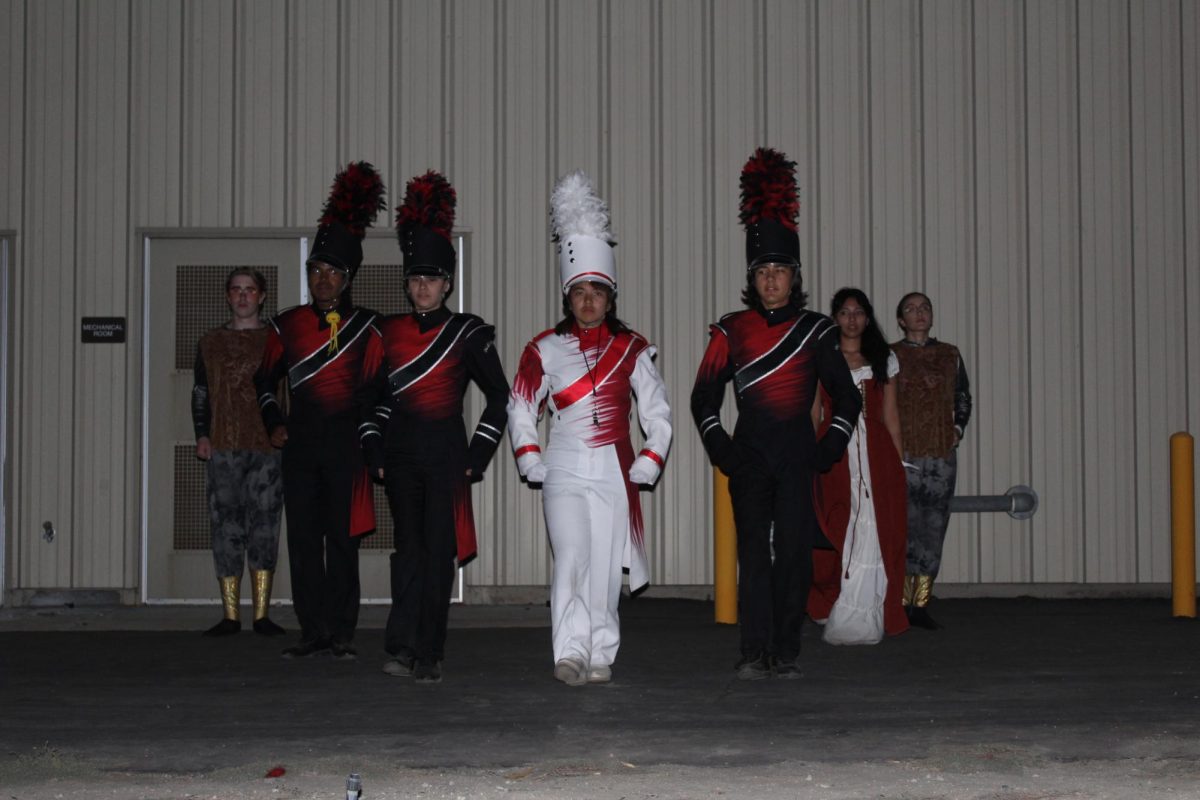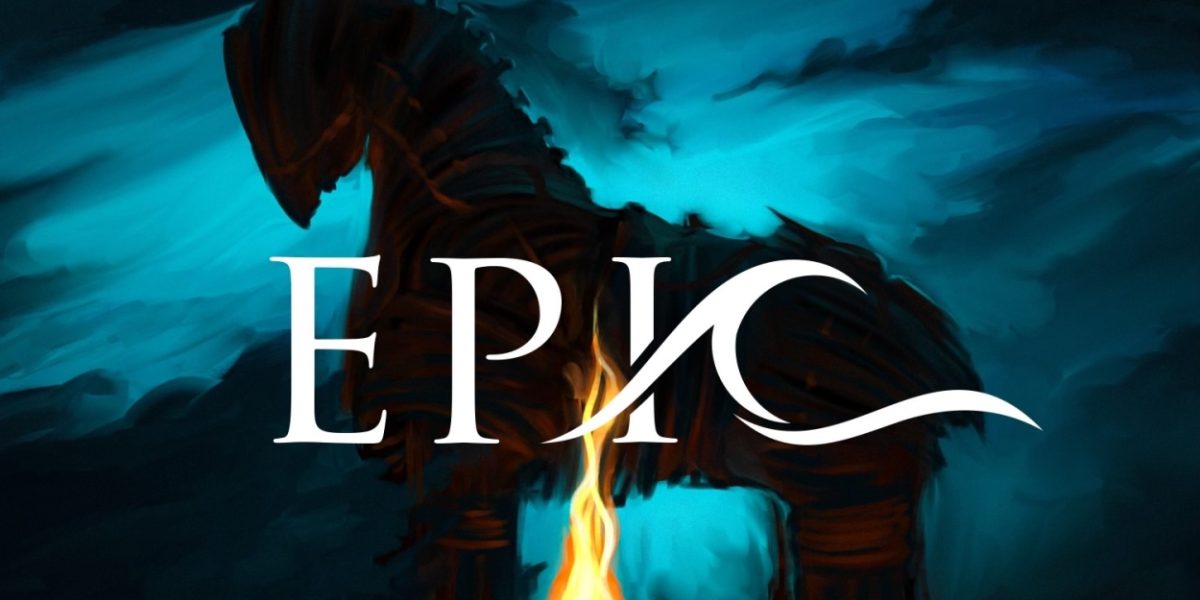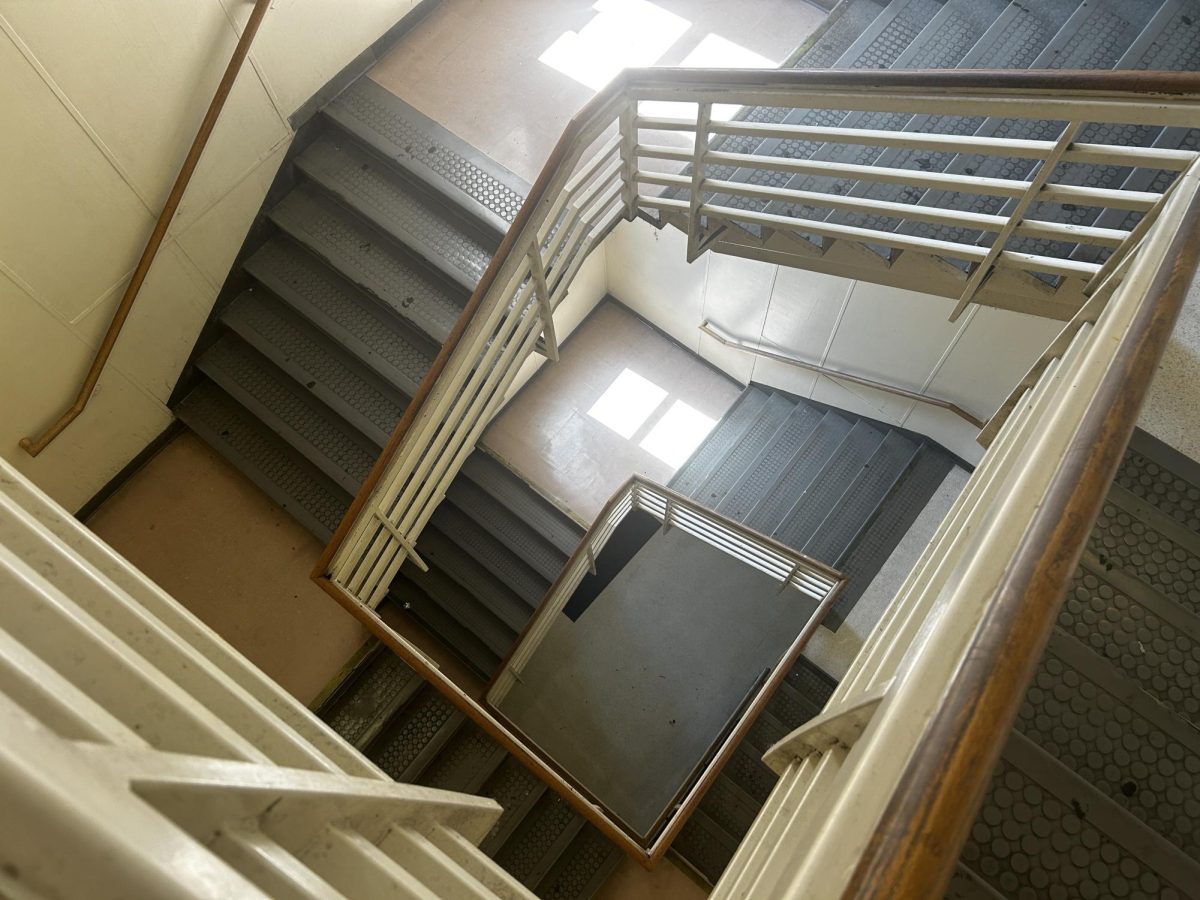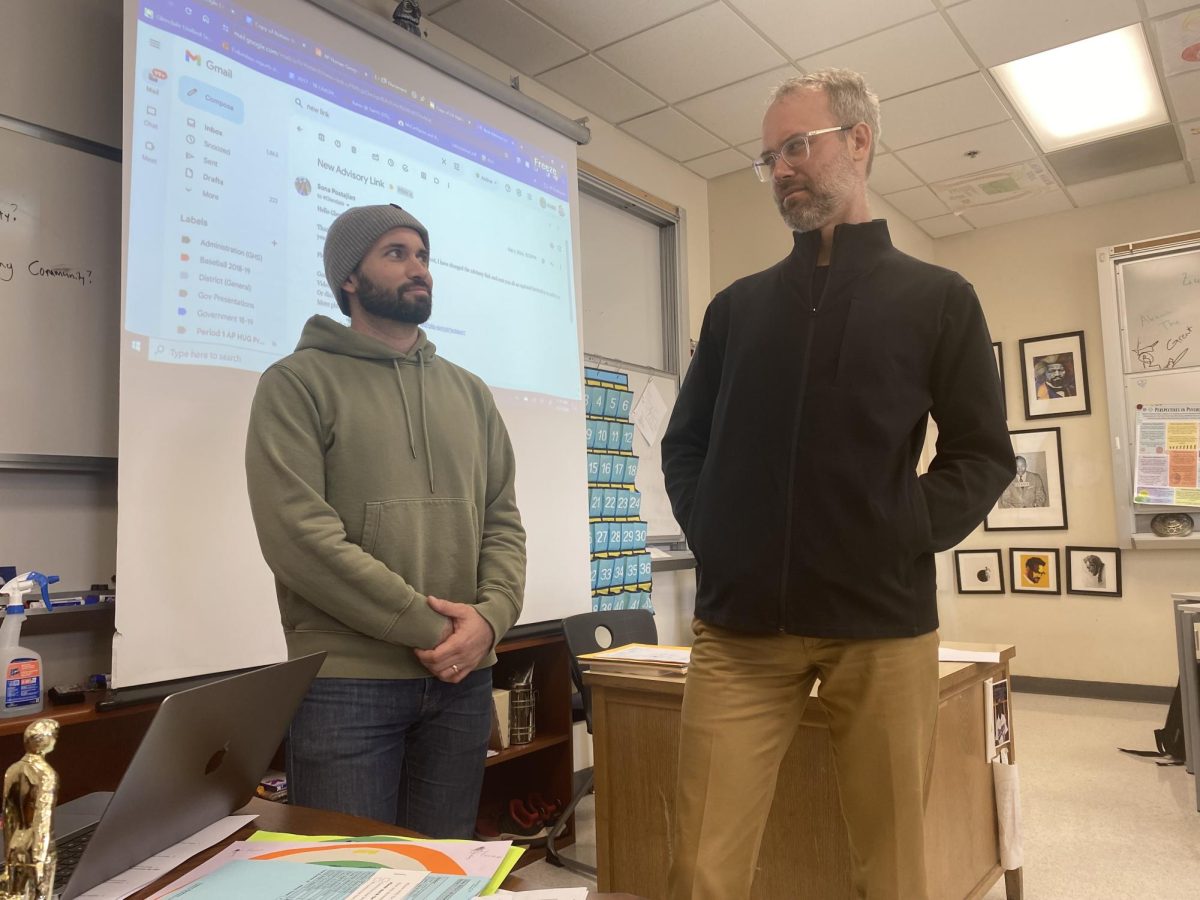 WARNING: SPOILERS AHEAD!
WARNING: SPOILERS AHEAD!
The Lighthouse is a psychological thriller, released on October 18, 2019. This film stars Willem Dafoe and Robert Pattinson, and it was directed and produced by Robert Eggers, who also co-wrote the screenplay alongside his brother, Max.
The story of this film is entirely centered around the relationship of two lighthouse keepers (or wickies), Thomas Wake and Ephraim Winslow, as they descend into madness on an island off the coast of New England, in the 1890’s. These wickies are the only characters we meet in the film, or at least, they are the only characters we can be sure (to a degree) are not a figment of someone else’s imagination. This film distorts reality so much that it’s impossible to tell what is, and what isn’t, a hallucination.
The visual language of this movie is by far its strongest feature. Both the aspect ratio, and the fact that it was shot completely in black and white, stand out immediately. The aspect ratio of an image refers to the ratio of its width to its height. In The Lighthouse, Eggers used a ratio of 1.19 to 1, which creates a tight, almost square, picture, and this decision gives a cramped feeling to the whole film. This also highlights the claustrophobia of the setting, and alongside the lack of color, it perfectly conveys the mood of the film.
The choice to shoot the movie in black and white adds a whole level of dimension to it. Not only does it aid in immersing the audience into the 19th-century time period, but overall, a film like this would not have been as effective with a full-color palette. The vibrant colors produced through modern filmmaking technology would have taken away from the atmosphere.
The plot and premise of The Lighthouse are also so unique. The whole thing is entirely character-driven, which lets us dive into the psychology of the two men, who are played perfectly by Dafoe and Pattinson.
I have to admit that I was a little skeptical about Pattinson at first, since this doesn’t really seem like his type of role, but he sold me immediately. His performance is incredible (although, his pre-shoot rituals were… a little unnerving). And then, of course, you can’t ever go wrong with Willem Defoe.
Also, I read the screenplay for this film, and it’s incredible. It’s one of those screenplays that almost reads like a book. The imagery in the screenplay is vivid, and it is oftentimes laced with figurative language.
The characters of Wake and Winslow are simply referred to as “Old” and “Young” respectively, which is such an interesting choice. One of the topics that the film explores is the relationship between people of different generations. Wake constantly bullies Winslow for the crime of being young, and it’s fascinating to see this interplay highlighted in the screenplay.
There are plenty of videos and articles online dissecting the symbolism in this film, so I won’t go diving deeply into its details. But the biggest debate surrounding it is the symbolism of the light at the top of the lighthouse, which the men are making sure stays lit.
Thomas Wake, the older wickie, is very protective of the light, and he does not allow Winslow to go near it. Throughout the film, Winslow is driven mad over this fact. My interpretation is that the light represents those things in life that are unattainable.
We see the story through Winslow’s eyes, and we are never alone with Wake, but we are frequently alone with Winslow. We see Wake obsessing over the light, protecting it like it’s the greatest treasure in the world, and even treating it like a lover. But we see this from Winslow’s perspective. For all that we know, this could be an exaggeration created inside Winslow’s mind. Humans are often enamored by what they can’t have – especially if someone else has it.
This is further reinforced by the final scene, where Winslow, having murdered Wake, finally stands before the light. A terrifying close-up shows Winslow’s ecstasy and distorted, maniacal laughter, as he stares into the lantern.
The last image we see is Winslow’s dead body being pecked at by seagulls. This is a clear reference to the Greek myth of Prometheus. In both stories, a character is punished for pursuing the forbidden, although Prometheus’ motivation is much more altruistic than that of Winslow. In the end, Winslow finally gets what he wants, and yet he doesn’t, because you can’t ever attain the unattainable.
Anyway, that’s my take on it. Maybe Mr. Eggers will stumble across this article one day and have a good laugh at it. (But hey, that’s fine with me!)
I think it’s a common misconception that you can’t enjoy a movie if you don’t “get it.” I hear my friends, and people online, saying things like, “Oh, I’m too stupid for this movie,” or “It sucked, because I didn’t understand it,” and this just makes me sad.
You can definitely appreciate and like a movie, even if you don’t completely understand it. Nine times out of ten, filmmakers aren’t biting their nails, anxiously waiting for someone to post the perfect interpretation of their movies on Reddit. I mean, I still have no clue what most of this movie means, and I still love it to death.
If you’re watching a movie, no one’s judging you if you can’t figure out what the color of the curtains mean. You can leave that baggage in Ms. Ciotti’s room.
If you’re not squeamish, and looking for a bit of challenge, then I’d definitely say to give The Lighthouse a chance. It’s beautiful and horrifying without relying on jumpscares and gore.
And if you like this movie, then also check out The Witch and The Green Knight.





